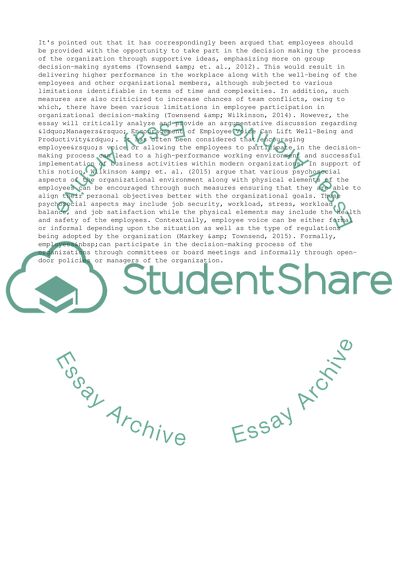Cite this document
(Managers Encouragement of Employees Voice Term Paper - 2, n.d.)
Managers Encouragement of Employees Voice Term Paper - 2. Retrieved from https://studentshare.org/management/1690527-managers-encouragement-of-employee-voice-can-lift-well-being-and-productivity-discuss
Managers Encouragement of Employees Voice Term Paper - 2. Retrieved from https://studentshare.org/management/1690527-managers-encouragement-of-employee-voice-can-lift-well-being-and-productivity-discuss
(Managers Encouragement of Employees Voice Term Paper - 2)
Managers Encouragement of Employees Voice Term Paper - 2. https://studentshare.org/management/1690527-managers-encouragement-of-employee-voice-can-lift-well-being-and-productivity-discuss.
Managers Encouragement of Employees Voice Term Paper - 2. https://studentshare.org/management/1690527-managers-encouragement-of-employee-voice-can-lift-well-being-and-productivity-discuss.
“Managers Encouragement of Employees Voice Term Paper - 2”, n.d. https://studentshare.org/management/1690527-managers-encouragement-of-employee-voice-can-lift-well-being-and-productivity-discuss.


